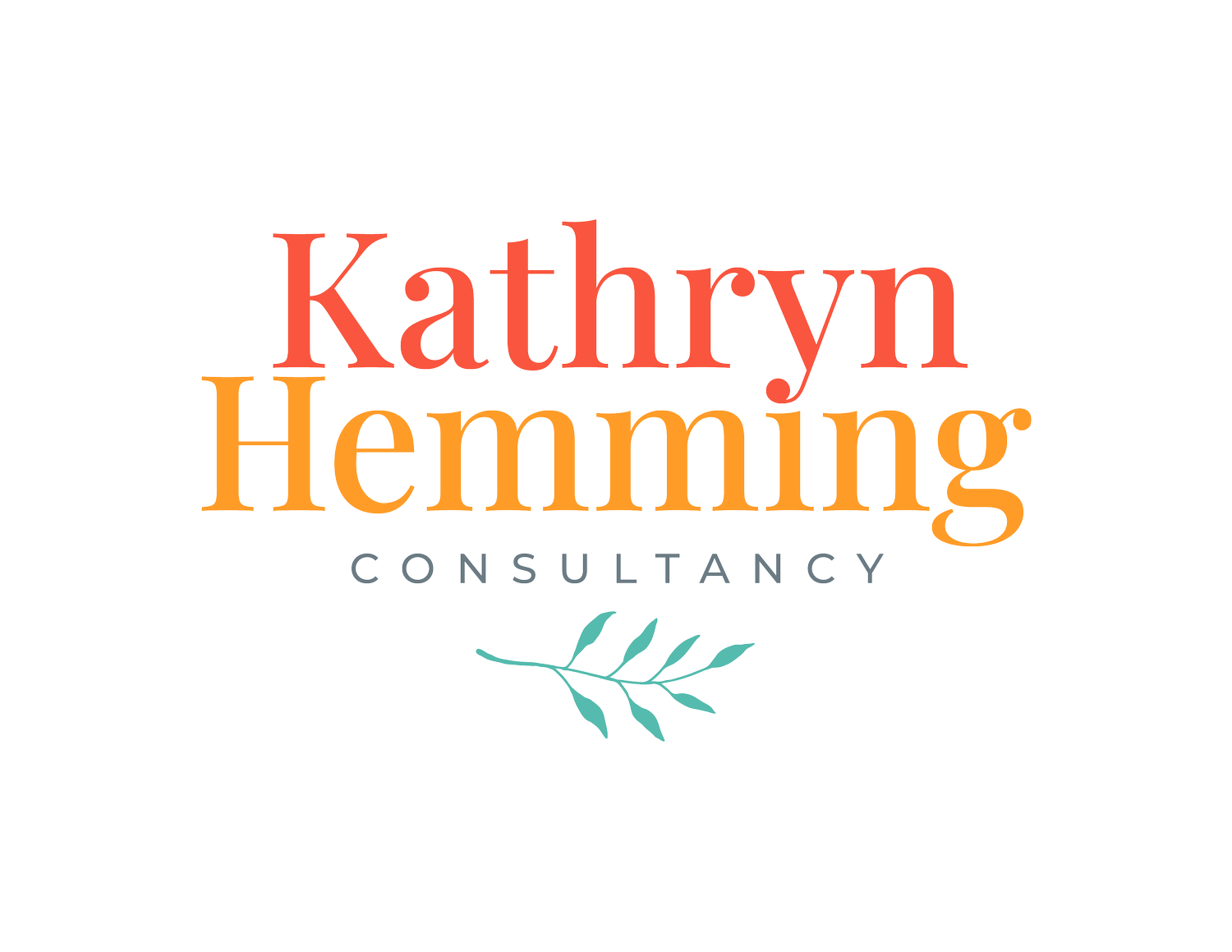101 Days to Make a Change by Roy Leighton, Emma Kilbey and Kristina Bill
“Are you truly living the life you want to live?”
3 Main Messages:
Take time to reflect and learn through journaling, meditation, mood boarding and questioning
Practice small steps like gratitude, looking after you body and breathing deeply
Find your tribe and build relationships
I stopped making New Year's resolutions a few years ago, as I found that once broken, the momentum stopped and I simply gave up. To combat this, I moved to making New Year’s intentions instead. As James Clear tells us in Atomic Habits, we shouldn’t focus on one particular day but remember that we are casting votes in creating our characters by building good habits.
As I write this, I am starting a new day, week, month, year and career. It is time to build good foundational habits and I am therefore very grateful to have read 100 Days to Make a Change. I bought this initially thinking that it was about the first 100 days in a job and back then, when I had just started my new job I found that, ironically, I didn’t have time to read it.
This book does require time. It teaches about creating vision, finding balance, building your tribe and focusing on relationships; it is certainly no quick fix. The ideas here need time to settle and be reflected on and their cumulative positive impact will then be much more effective.
I must confess that I did not read a page a day (as the book is intended) as I was initially more interested in reading about their ideas than practicing them myself. I liked the structure in which the book was written: to have a quote, then some text followed by a suggestion activity or question to be answered.
My favourite quote in the book is by Helen Keller, who said “Life is either a daring adventure, or nothing”. It was on a card sent to me by an old school friend when I started my last job and is therefore a good reminder to me of the importance of being brave and living life to the fullest, which is certainly a focus here.
The activities are varied and therefore I am sure that there is something here to appeal to everyone. While I already practice and am drawn to creating mind maps, reflecting, making mood boards, journaling and asking others for their thoughts, I was less enthusiastic about the visualisation and meditation suggestions. I do, however, buy into the philosophy that one size does not fit all and that it is still worth trying something on for size.
The book asks the reader if they are truly living the life they want to live and makes suggestions for how they can reflect on this and make the necessary changes. In reality, there will be personal constraints such as health, finance and family responsibility and external factors such as politics, economics and pandemics which will get in the way. The ideas presented, however, are still worthy and valid, regardless of circumstance.
There are practical ideas including useful strategies to use for conflict resolution, with reminders about the power of language and suggestions for a carefully constructed conversation. The book also looks at time management, reminding us to seek quality over quantity and to look for energy leaks and inefficiencies.
Perhaps the most important impact on our mental and physical health, and therefore our well-being and ability to be at the top of our game, is our environmental health. There are a number of sections in the book which focus on breathing, nature, decluttering, reminders about our inner compass and ensuring balance and finding joy in life. When stressed and overworked, these are usually the first things to go and yet they are vital in ensuring that we are looking after ourselves and able to function at full capacity.
While many of the activities suggested are personal, such as reflecting on our values, aspirations, triumphs, inner voice and practicing gratitude, there are also activities that focus on external factors and relationships: helping the reader to build empathy, value people and be a team player through building trust, asking questions and creating a sense of belonging. Each of these are impactful when they are practices that become second nature and a constant feature, rather than an activity to be ticked off on a checklist.
I therefore feel that this book could and should be read a few times, perhaps returned to on an annual basis in order that there is a cumulative build up of good habits and positive reinforcement. Different activities and questions will initiate a different response each time, depending on the circumstances and so each one could be returned to again and again.
After all, as the book tells us, George Eliot said: “It is never too late to be what you might have been.” So we must remember Aristotle’s message that “We are what we do. Excellence then is not an act, but a habit.” Today is a good day to start building those habits and so I shall take my own advice and start on this book again - but slower this time!
